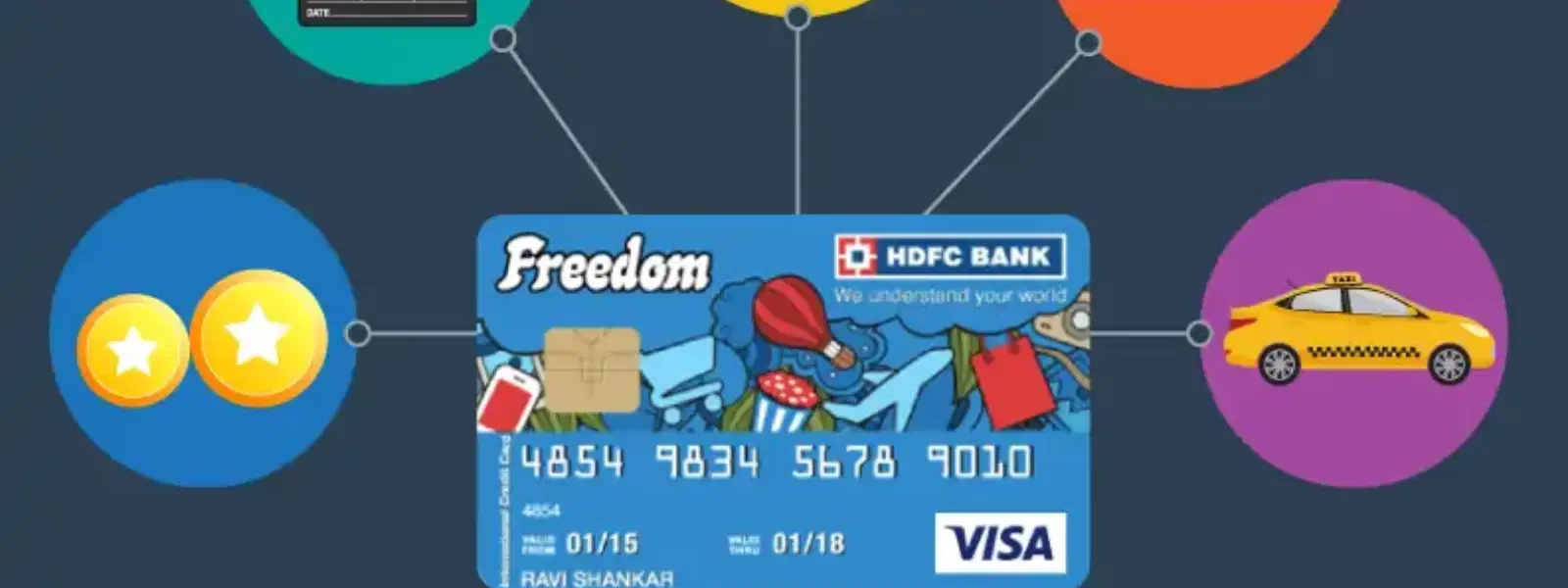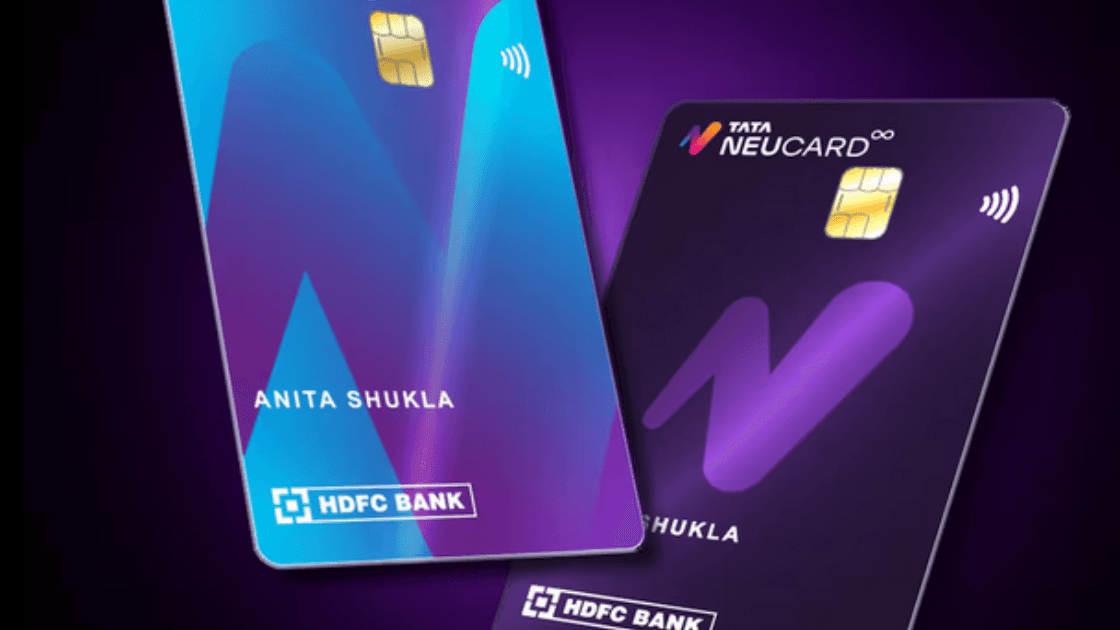
Cards
•05 min read

Imagine earning rewards every time you shop, dine, or travel—sounds exciting, right? This guide helps you understand reward points and provides strategies on how to understand reward points for smarter spending decisions. Here, you will learn the basics of reward points, discover strategies to maximize their value, and gain insights on redeeming them in a way that suits your spending habits.
Reward points are like a loyalty currency provided by various programs. They are earned by using your credit card for everyday transactions, through special promotions, or by spending in certain categories like travel, dining, or online shopping. Typically, every rupee you spend translates into a specific number of points. Some programs also offer extra rewards for spending on select categories. The idea is to encourage responsible spending while giving you an opportunity to enjoy financial benefits later.
There are several types of reward programs. For instance, many credit cards offer reward points that can be redeemed for statement credits, gift cards, or even travel perks. Some retailers also have their own loyalty points, such as Tata NeuCoins, which integrate rewards within a broader digital ecosystem. Remember, each NeuCoin earned equates to a saving of ₹1, making your rewards even more valuable. Additionally, travel rewards might include air miles or hotel points. Though these programs are designed differently, they all share the goal of converting regular purchases into tangible benefits.
When dealing with reward points, you might come across terms like conversion rates (for example, a certain number of points might be equivalent to a fixed monetary value), expiration policies, and rollover rules. Some programs also have special collaborations with airlines and retailers, meaning the points you earn can sometimes offer extra benefits when used with those partners.
One of the best ways to earn more reward points is to align your spending habits with the reward categories offered by your credit card. For example, if your card provides higher rewards on dining, consider using it for restaurant bills. Similarly, shopping online or paying bills can help increase your point accumulation. It's all about making everyday transactions work in your favor.
Keep a close eye on promotional offers from your issuer. Many programs feature limited-time bonus points during special periods or upon sign-up. Being aware of these promotions can help you earn points faster without changing your usual spending patterns. Just remember to check the terms before jumping on an offer to ensure it aligns with your financial goals.
Co-branded cards, such as the Tata Neu HDFC Bank Credit Card when integrated with a broader loyalty program, offer a streamlined way to earn points on purchases at partner merchants. With the Tata Neu HDFC Bank Credit Card, you can earn enhanced NeuCoins on select transactions, with each NeuCoin translating to ₹1 in savings, along with other exclusive benefits as detailed in the card’s official terms and conditions. This integration lets you manage your spending and rewards seamlessly.

It can be tempting to overspend in the quest for more points. However, always keep your budget in check. Overspending to rack up rewards can lead to unnecessary fees, such as annual fees or late payment penalties, which might offset the value of your points. The key is to use credit responsibly while taking advantage of reward offers.
Reward points can be redeemed in various ways. One popular option is to convert them into statement credits, reducing your outstanding balance. Other programs allow you to exchange points for gift cards, merchandise, or even travel perks like air miles and hotel stays. For instance, with Tata NeuCoins, you can directly use your earned points for purchases, making your shopping experience even more rewarding.
To truly benefit from your rewards, it’s important to understand the redemption value. Typically, reward programs set a conversion rate so that you know how much each point is worth when redeemed. By comparing different redemption options, you can decide whether to use your points for travel benefits, merchandise, or cashback. Prioritizing high-value redemptions will ensure that your rewards work best for you.
Always plan your redemptions strategically. If your reward program offers points that may expire, note the timelines and set reminders. It also helps to opt for redemptions that add more value to your financial life, such as travel enhancements or direct credits towards your balance, rather than low-value merchandise.
Most reward programs now provide a seamless online redemption process. Log into your account through the official website or app and look for the redemption section. The process often involves selecting your desired reward option, confirming the necessary points, and then finalizing the transaction. Always review the terms and conditions to ensure a smooth redemption experience.
At times, you can benefit from more than one reward program by aligning your spending on a card that interacts with multiple partners. If you use a co-branded card integrated with a broader loyalty ecosystem, you might have opportunities to build your rewards across categories. This strategy, often called stacking rewards, can potentially offer more flexibility in how you redeem them later.
-ed507771-df04-4fb3-9af5-bae11cb611a6.png&w=3840&q=75)
Keeping an eye on your reward points is crucial. Use tools or apps that help track your points balance across different programs. Monitoring expiry dates and understanding periodic statements can prevent losing out on otherwise valuable rewards.
Redeem your points when the rewards add genuine value to your financial planning. Avoid impulsive redemptions for low-value items. A careful review of the redemption rules can help you sidestep any hidden fees that might come with a particular reward option.
To determine the value, divide the monetary benefit of the reward by the number of points required. This simple approach gives you a clear picture of the value per point.
Expiration depends on the program. Some reward points have a set validity period while others may roll over, so it is important to read the terms and conditions carefully.
This option varies by program. Some programs offer the ability to transfer points, while others may have restrictions or fees associated with transfers.
Typically, most reward programs do not impose fees on redemptions, but it is a good practice to check the terms and conditions for any potential hidden costs.
Focus on using your card for high-value spending categories and opt for redemptions that offer real benefits, like travel enhancements or direct statement credits.
Reward points serve as a great tool for making everyday transactions more rewarding. By understanding the basics of how they work, strategically earning them, and redeeming them effectively, you can enhance the value of every rupee spent. The key is to use your credit responsibly while being mindful of fees and expiration dates. With a clear plan and smart redemptions, you can turn routine spending into a more rewarding experience.